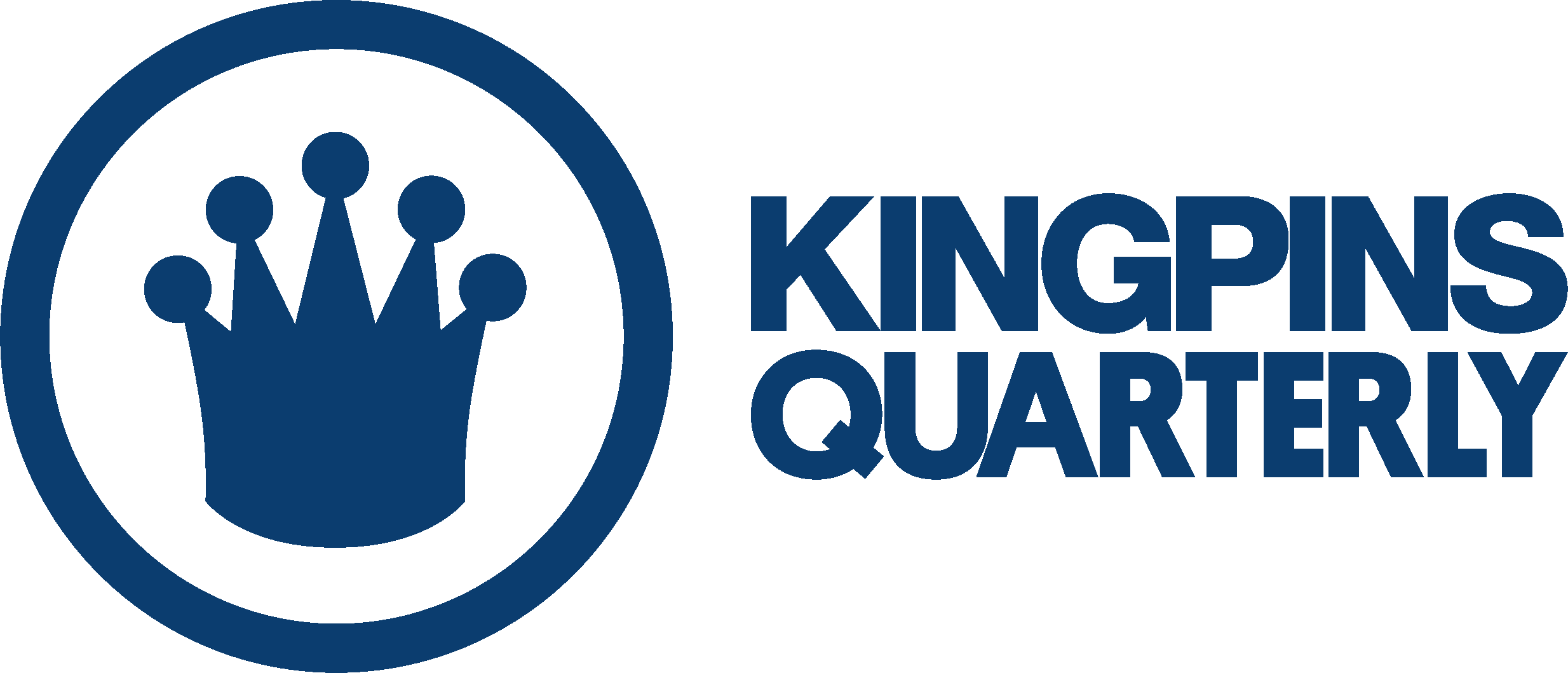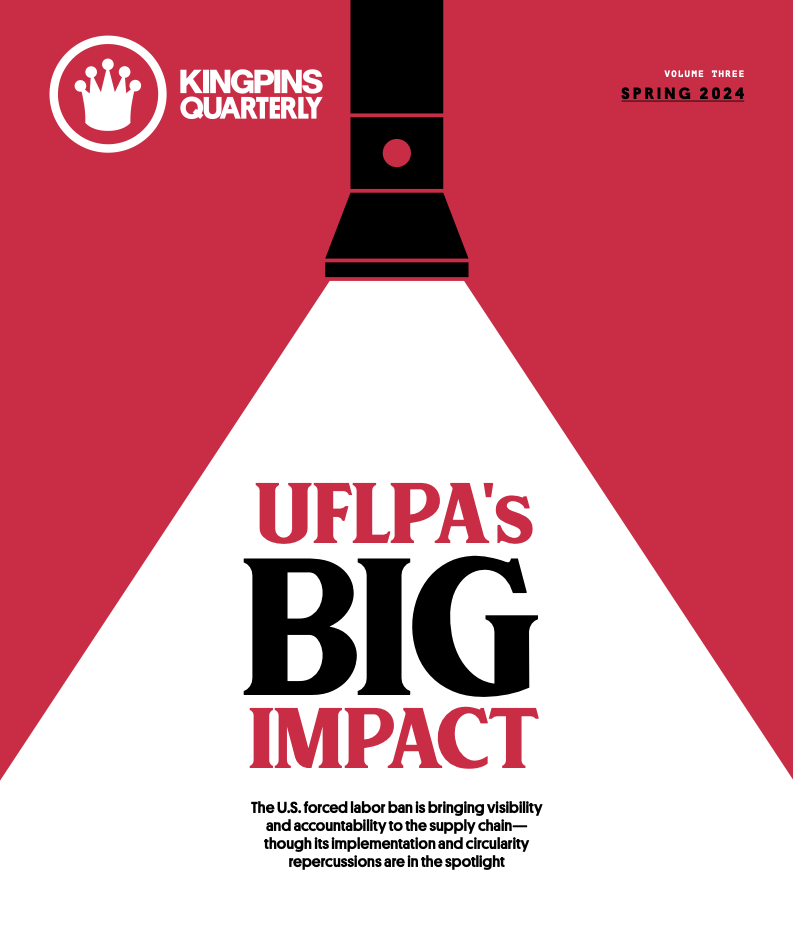If anyone can shed light on what’s happening in denim today, it would be Jerome Dahan. For the founder of both Citizens of Humanity and 7 for All Mankind the focus on price points is undermining the industry, allowing denim to drift too far away from the creativity that propelled brands like his to success.
Andrew Olah, founder of the Kingpins trade show and the Olah Inc. agency, has known Dahan for decades and credits him for bringing innovation to what had been a stale category. “Part of it is timing. Timing is everything. He had the perfect comprehension of the customer at the moment,” Olah said. “There was no slub denim, no differentiation. There were a few at the time: AG, Paper [Denim & Cloth], True Religion and Paige, each with a different take. It was a moment when jeans went from $50 to $180.”
Those pricey jeans helped make denim fashion. “That was a huge moment of history where everything changed,” Olah said. “It’s difficult to replicate now. No one understands the consumer and the consumer doesn’t have a propensity to want to wear jeans.”
Leveraging experience at his first company, Circa, as well as a stint at Lucky Brand, he launched 7 for All Mankind with Michael Glaser in 2000. Next, he created Citizens of Humanity in 2002, which he said in some ways was an even bigger feat. “When I started Citizens, it was a challenge because I left 7 for all Mankind, and I was like, ‘Okay, am I gonna be able to do it again? It’s like, you don’t know until you do it.’” And he did.
Here, Olah and Dahan sit down to discuss the industry, how it’s evolved and their shared love of denim.
AO: What was it that made you think that it was no big deal to go from being someone’s designer to being your own company? How was that mentally?
JD: I say it happened late. Late and not late because if you remember I had Circa that I started like 25 or 30 years ago. And that was just because I was very inspired by things that were not in the market. At this time, I was looking at the European market, and I was like, ‘Europeans are advanced. The U.S. market is not yet working on washes, development, fabrications, fit and all those kinds of things.’ So, I knew when I closed Circa how tough it was to have a company, and when I left Circa I worked for Lucky Brand. And working for Lucky Brand, I had a green light and I was doing a lot more than design. Gene Montesano was living in Santa Barbara so he was coming in once a week. I was spending a lot of time with Barry Perlman, and I was working with production. I was working with everything and that opened my eyes because
I was doing it for a company but I was doing 80 percent of the work or 75 percent of the work. So that helped me a lot. So it was like, ‘Okay, if I start something, I just have to choose the right people to start with to help me, to surround myself with the right people and being able to build a company.’
Did I know that I was building something like 7? No, I didn’t know. And I tell you the truth, when I started 7, we opened, I would say, 20 stores or 25 stores back East and in Europe and in France. But when I shipped the product, right away I knew that I had something because the product was selling out so fast. So, I knew that I had something that meant something to a lot of people. Maybe a few weeks later one morning I go to King’s Road Cafe and I see these two girls [who] are wearing 7 for All Mankind. And I’m like, this is big. If you can see your jeans on someone, it means they’re really starting to sell. And that got me super excited.
And in the same time, I remember there was a store in Paris and Los Angeles—I can’t remember the name—but… they didn’t carry jeans. And I came back from Europe and I was driving at night on Robertson, and I saw the store and saw my jeans in the window. I was like, it means something. It means that the market is open. The contemporary market is opening. There was one company before that that did a very good job. It was Earl Jeans. I don’t know if you remember Earl.
AO: Totally because it’s actually a funny story. I went to see Earl in the late… I don’t remember what year but they told me that I would never be successful because all my fabrics had slubs, and they said slubs would never take off. The best jean company, the hottest jean company in Los Angeles rejected me for the very nature of the best product that I have to sell. And here we are all these years later and slubs were everywhere, and [the store brand is] gone.
JD: Yeah, exactly. Some people think they know, and at the end of the day, they don’t get it. They don’t make the research.
AO: Are there any jeans out there in the marketplace that you like because our industry is kind of struggling? It’s really commoditized for the most part. Is there anything that you like for women, especially. Women’s is worse than men’s, I think.
JD: Women’s is worse than men’s because men’s didn’t enter the market like women’s did over the past 20 years. Men’s was the first guys to make jeans and then women’s became popular. And after being popular, there were brands left and right that opened up, and jeans didn’t mean really anything anymore. It was about price point, and it was about picking a basic, and I didn’t even understand the market after.
AO: Do you understand it right now? Because I don’t.
JD: I don’t. I understand that people are not creative and because the people are not creative, they work with price point.
AO: When you started your brands there were all these stores in Los Angeles like Kitson and Fred Segal. They’re all gone. Why do you think they’re gone, and what’s going to happen after that?
JD: Stores like Kitson wanted to make more money [on] the product. And when you think about that…, you don’t think of a product anymore, and a lot of brands that were sold in those stores didn’t give the image of the store anymore. And business became tough, very tough, especially for department stores. Look at Barneys. Barneys was the first department store to close, and [I knew] this is going to be a big deal… Barneys was a store that was a landmark. People used to come to LA and where did they go? They’d go to these kinds of stores. The day it closed, I knew the market was going to change.




